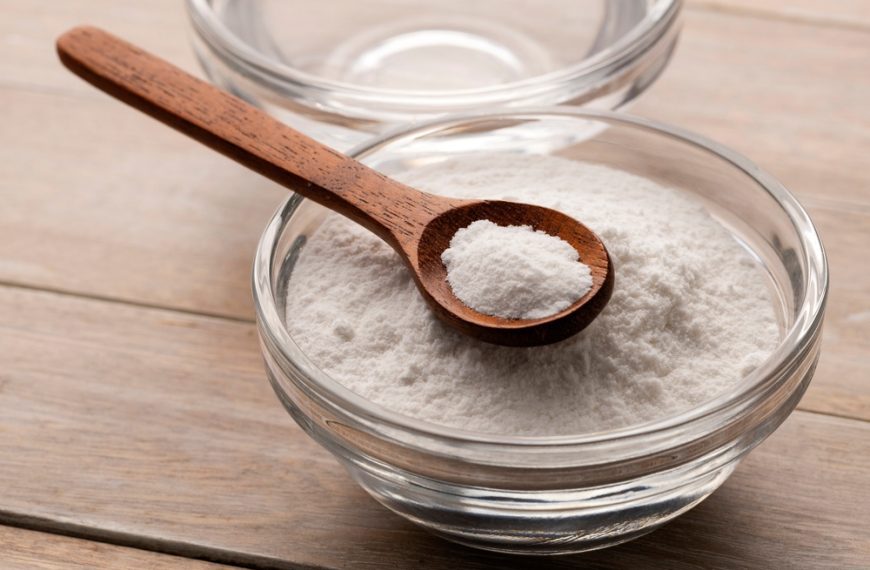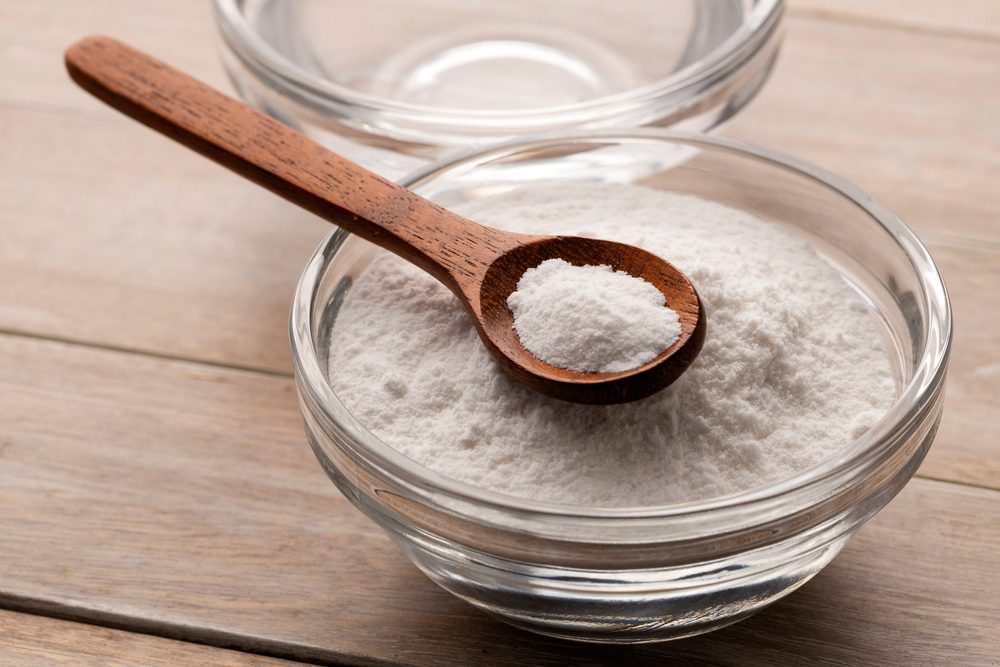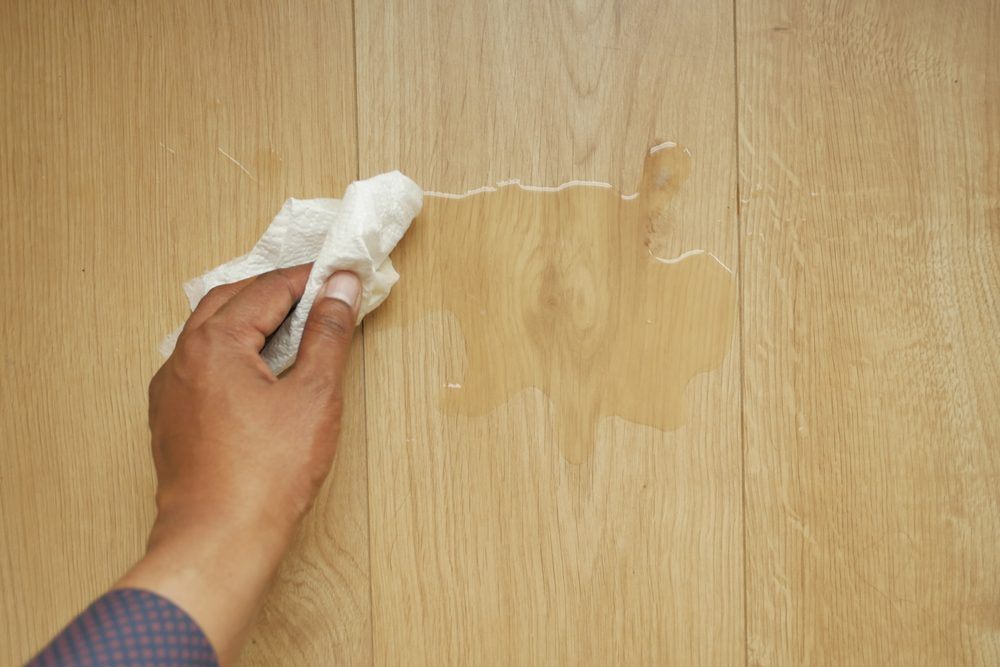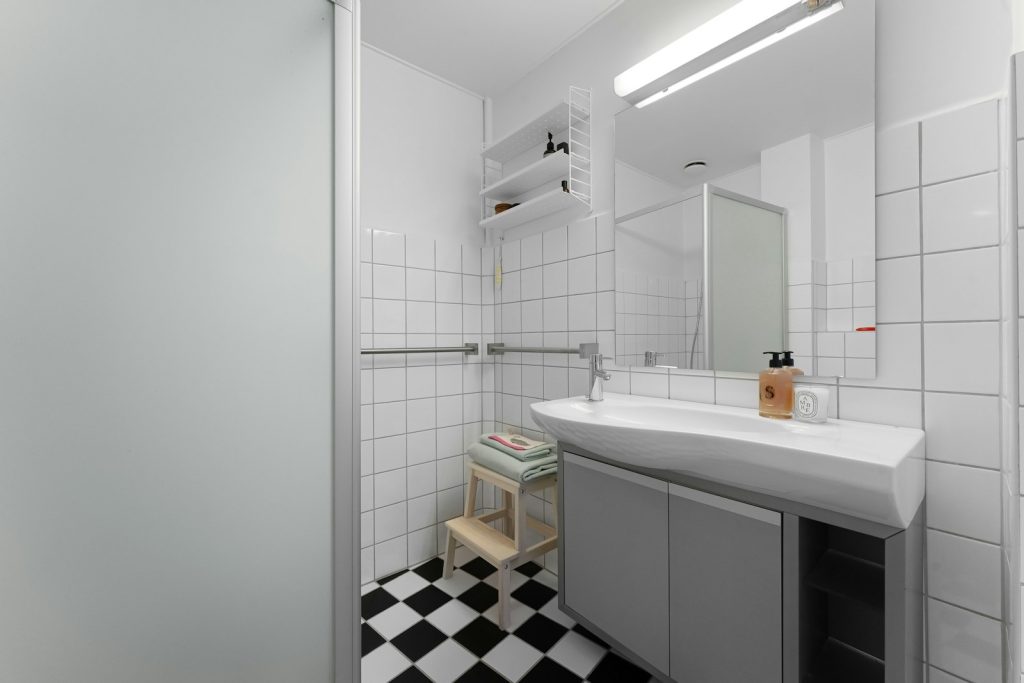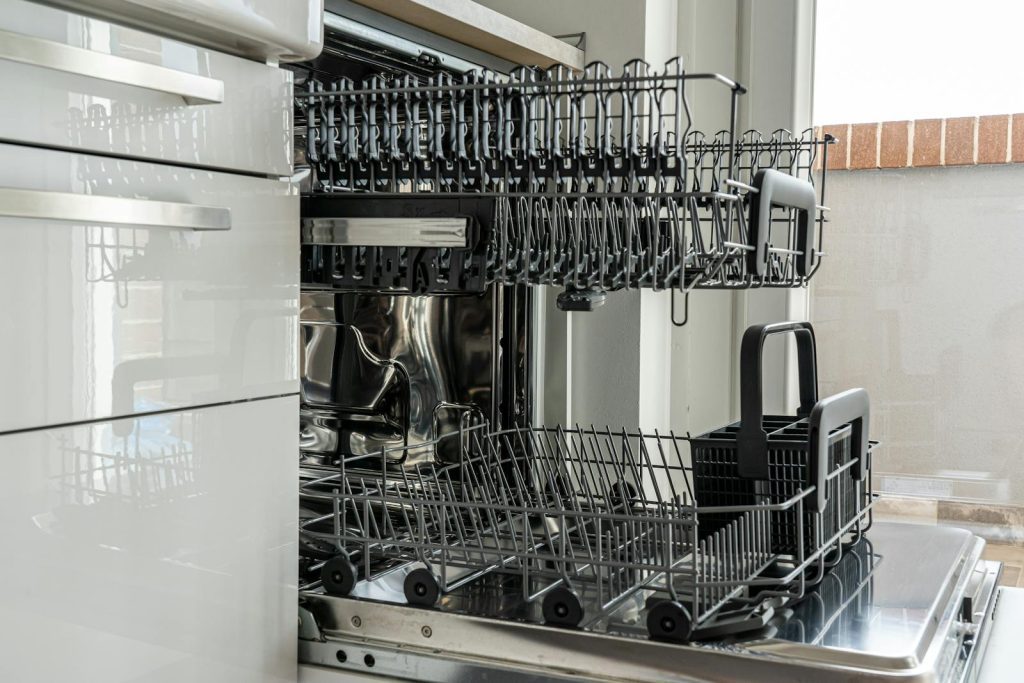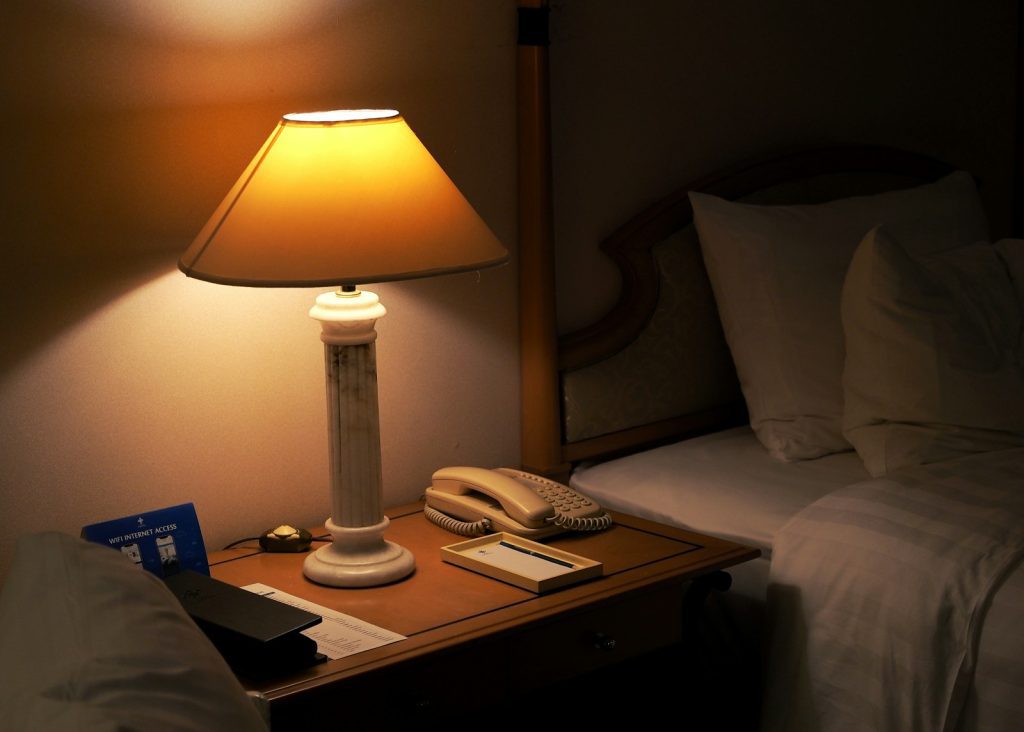Bees play a vital role in pollinating plants, which helps your garden thrive and supports the environment. If you want to encourage more bees to visit your outdoor space, choosing the right flowers is a simple and effective way to do it.
By planting flowers that attract bees, you can create a welcoming habitat that boosts pollination and enhances the health of your garden. This article will introduce you to gorgeous flowers that are known to draw bees, making it easier for you to support these important insects while adding beauty to your garden.
Bee Balm (Monarda didyma)

Bee balm is a great choice if you want to attract bees, butterflies, and hummingbirds to your garden. Its brightly colored flowers offer plenty of nectar, making it a favorite for pollinators.
You’ll find that bee balm can grow anywhere from 2 to 4 feet tall, adding lovely height to your flower beds. It’s also easy to grow and tends to spread, giving you more blooms over time.
Purple Coneflower (Echinacea purpurea)

If you want a flower that attracts bees while brightening your garden, purple coneflowers are a great choice. They have beautiful pink-purple petals and a prominent cone-shaped center that draws pollinators.
These perennials are easy to grow and thrive in full sun with well-drained soil. They spread quickly by self-seeding, so your garden can fill up with little effort on your part.
Wild Bergamot

Wild Bergamot is a great choice if you want to attract bees to your garden. Its colorful flowers draw in many types of pollinators, including bumblebees and specialist bees.
This plant grows well in full sun or partial shade, making it easy to fit into your garden. Plus, it supports other pollinators like hummingbirds and certain moths, adding more life and movement to your space.
Lavender

You’ll find lavender is a favorite for attracting bees. Its fragrant purple flowers stand out and provide a reliable source of nectar.
Planting lavender in your garden not only helps pollinators but also adds a lovely scent. Bees enjoy visiting its blooms throughout the growing season.
Lavender is easy to grow and pairs well with other bee-friendly plants in your garden. It’s a simple way to support local bee populations.
Sunflowers

Sunflowers are a great choice if you want to attract bees to your garden. Their large, bright flowers provide an easy landing spot and plenty of nectar.
You’ll find sunflowers adapt well to different soil types, making them simple to grow. They also bloom for a long time, giving bees a consistent food source.
Asters

Asters are a great choice if you want to attract bees to your garden. Their vibrant purple and white flowers bloom late in the season, providing valuable nectar when many other plants have finished.
You’ll find asters easy to grow, and they quickly form pretty clumps that brighten up borders or containers. Bees of all sizes enjoy these flowers, making them a friendly pollinator hotspot for your space.
Marigolds

If you want to attract bees, plant marigolds with open faces. These flowers offer easy access to nectar, which many bees, especially bumblebees, appreciate.
Avoid double marigolds if your goal is to help pollinators. Their tightly packed petals make it hard for bees to reach nectar.
Marigolds are also easy to grow and bring bright color to your garden while supporting helpful insects.
Zinnias

Zinnias bring bright colors to your garden with red, orange, yellow, and pink blooms. They are easy to grow and fast to flower, making them great for beginners.
You’ll find that bees enjoy visiting zinnias, though they may attract fewer pollinators compared to native plants. Plant them in areas with at least half a day of sun for best results.
Salvia

Salvia is a great choice if you want to attract bees to your garden. Many salvia species, especially native ones, produce flowers that are rich in nectar. You’ll notice bees frequently visiting these plants throughout the growing season.
These plants come in various colors like purple, blue, red, and pink, adding beauty to your space. Plus, many types of salvia are drought-tolerant and can thrive in sunny spots. They’re an easy-care option that supports pollinators well.
Nasturtium

You’ll find nasturtiums are great for attracting bees to your garden. Their bright, showy flowers have hidden nectar that bees and hummingbirds love.
Besides being beautiful, nasturtiums can help protect other plants by attracting aphids away from them. You can plant them along path edges or in containers for easy care.
Calendula

Calendula is a bright and cheerful flower that blooms from spring through summer. You’ll find its vibrant orange and yellow petals attract bees easily.
It’s a low-maintenance plant, making it great for gardens of all sizes.
Besides attracting pollinators, you can also use dried calendula petals for homemade oils or salves. It’s a versatile choice for your garden.
Cosmos

Cosmos flowers are easy to grow and come in bright pink, white, and yellow shades. You’ll find they attract many pollinators, especially bees and butterflies.
Their nectar-rich blooms make your garden a popular spot for these helpful insects.
Adding cosmos to your garden is a simple way to support pollinators while brightening your outdoor space.
Impatiens

If you’re looking to add color to shady spots in your garden, impatiens are a great choice. While some varieties attract bees, not all cultivars do.
To encourage pollinators, pick bee-friendly types. These flowers offer bright blooms that can brighten your space and provide food for bees during warmer months.
Lantana

You’ll love how lantana flowers bring bees to your garden. Their bright, colorful blooms attract not just bees, but butterflies and hummingbirds too.
Lantanas are tough plants that handle heat and drought well, making them low maintenance. You won’t need to deadhead often, and they bloom all season long.
They do great in pots or garden beds and thrive even in poor soil. Adding lantana can brighten your garden and support local pollinators effortlessly.
Petunias

Petunias are a colorful addition to your garden that can attract bees. Their nectar-rich flowers draw in pollinators like bees, butterflies, and hummingbirds.
To make your petunias more appealing to bees, choose varieties that resemble native types. Avoid heavily modified hybrid petunias, as they may be less attractive to pollinators.
Plant petunias in sunny spots, as they thrive best with plenty of light. This helps keep their blooms vibrant and inviting for bees.
Basil Flower Spikes

If you let your basil plants flower, you’ll notice bees are quickly drawn to the spikes. These tall blooms produce nectar that many pollinators find appealing.
You can try different types like Thai basil, which has a strong, anise-like scent that bees seem to enjoy. Watching bees visit your basil flowers can add life to your garden while supporting local pollinators.
Anise Hyssop

You’ll find anise hyssop grows 3 to 4 feet tall, offering lavender flowers that attract many types of bees. Its nectar is rich and may even add a subtle anise flavor to honey.
This plant is easy to grow and a favorite of not just bees, but also butterflies and hummingbirds. Adding it to your garden boosts pollinator activity and adds beauty.
Like what you read? Here’s more by us:




